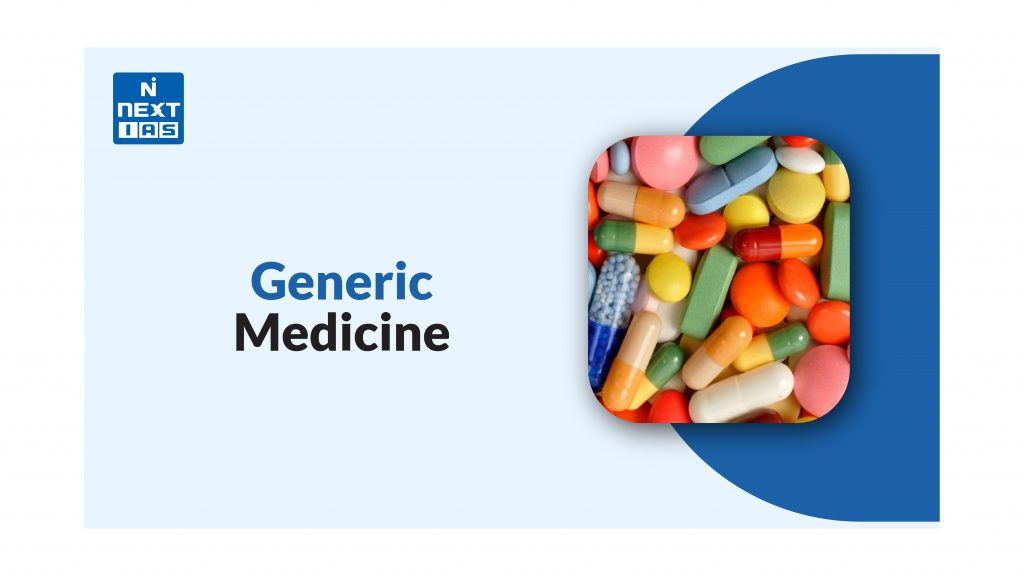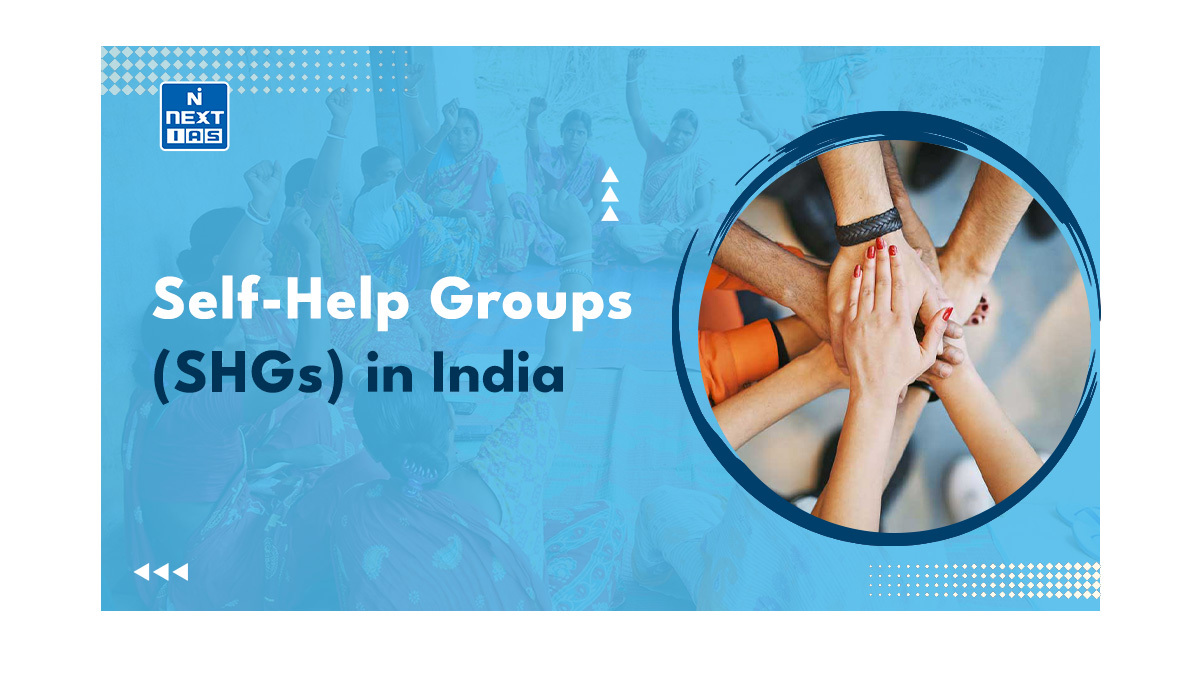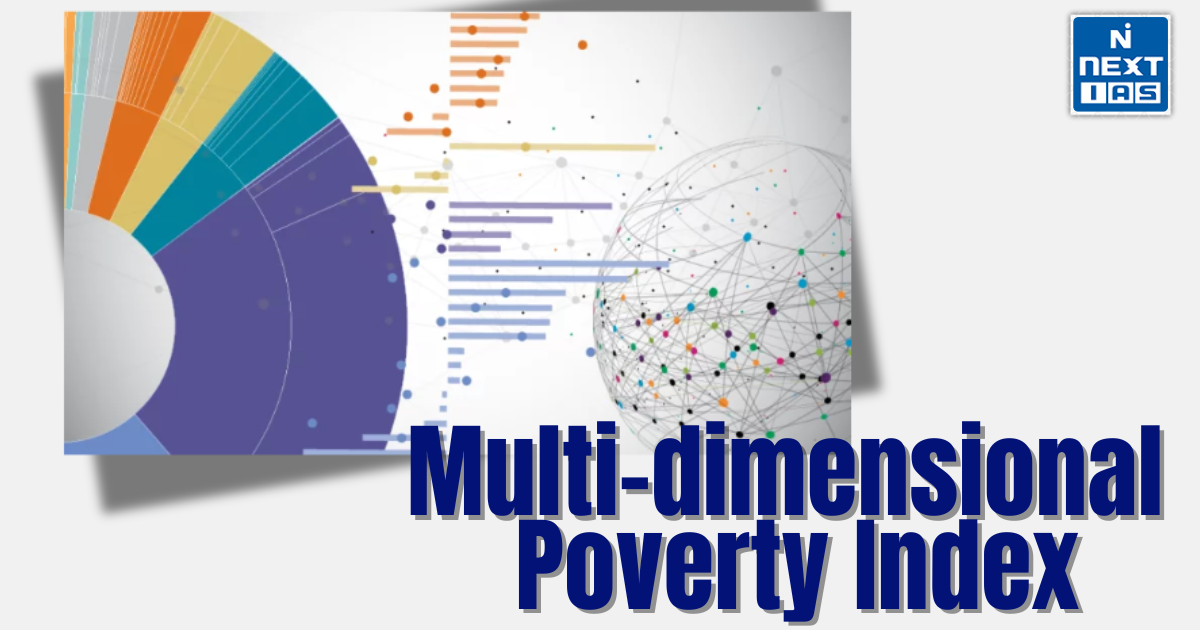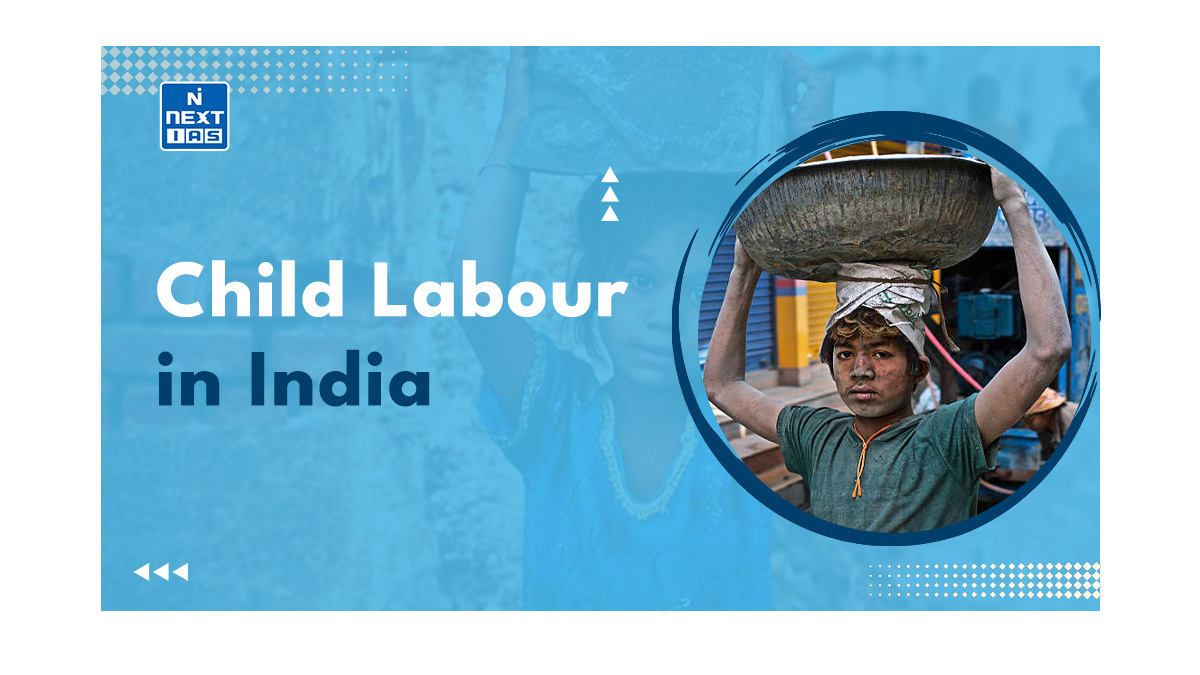
A generic medicines is a drug that is made to be exactly like brand-name drugs that are already available in the market. They have the same active ingredients, strength, safety, and intended use.
This means that a generic drug works just as well as a brand-name medicine and provides the same benefits. One can think of it as a more affordable version of brand-name medicine.
Why do Generic Medicines often Cost less than Brand-Name Medicines?
Generic Drugs cost less because they don’t have to go through all the expensive tests and studies that brand-name drugs do. When a new drug is created, it is protected by patents that stop others from making copies of it for some time. But after that protection period ends, other companies can make generic versions without repeating those expensive tests.
This makes it cheaper to produce, so they can sell it at a much lower price, sometimes up to 80-85% less than the brand-name medicine. When many companies make the generic version, competition drives prices even lower.
Importance of Generic Medicines
- Control various diseases: The use of generic drugs is crucial for managing chronic diseases like diabetes, heart problems, and thyroid issues, especially as the population ages.
- Essential for developing countries: For instance, In India, the government and regulatory bodies encourage the production of effective generic drugs to make healthcare more accessible and affordable.
- New Technological Integrations: 3D printing technology has also played a role in producing generic drugs with different release dates and flavors.
- Affordable Medicine: The competition among different companies to produce generic drugs reduces prices, making healthcare more affordable for people, and promoting the growth of the pharmaceutical industry.
Challenges Faced by Generic Medicines
Generic drugs in India face several challenges, despite being an essential component of the country’s healthcare system. Some of the key challenges are:
- Quality and Safety Concerns: Ensuring consistent quality and safety standards for generic drugs can be a challenge. In some instances, there have been reports of substandard or counterfeit medications entering the market, which can pose health risks to patients.
- Distribution and Supply Chain Challenges: Maintaining a robust and efficient distribution network to ensure the availability of generic drugs across the country can be a logistical challenge, especially in remote areas.
- Prescription Practices: In some cases, healthcare professionals may be influenced by pharmaceutical marketing and prescribing branded drugs over equally effective and more affordable generic alternatives.
- Lack of Trust: Building trust among patients and healthcare professionals in the quality and efficacy of generic drugs is crucial. Any negative incidents related to generic medications can erode trust and hinder their wider acceptance.
- Pharmacovigilance: Effective monitoring of adverse drug reactions and ensuring drug safety requires a robust pharmacovigilance system, which may sometimes be inadequate or underdeveloped.
- Regulatory Compliance: Compliance with regulatory requirements can be a hurdle for generic drug manufacturers. Strict adherence to guidelines and obtaining necessary approvals can be time-consuming and costly, particularly for smaller pharmaceutical companies.
- Perception and Awareness: Patients and healthcare professionals may sometimes perceive generic drugs as inferior to branded medications. Lack of awareness about the bioequivalence of generic drugs compared to branded counterparts can lead to reluctance in their usage.
- Patent Issues: Some branded drug manufacturers may seek to extend their patent protection or use other tactics to delay the entry of generic versions into the market. These patent disputes can hinder the availability of more affordable generic alternatives.
- Pricing and Market Competition: While generic drugs are generally more cost-effective than branded medicines, intense competition among generic manufacturers can lead to price erosion, affecting profitability and sustainability.
Further Reading: Indian Pharmaceutical Industry and Drug Safety
How to Promote the Use of Generic Medicines in India?
Promoting the use of generic drugs in India is essential to make healthcare more affordable and accessible to a larger segment of the population. Here are some strategies to encourage the use of generic drugs in India:
- Public Awareness Campaigns: Launch comprehensive public awareness campaigns to educate the general population about the benefits and safety of generic drugs.
- Generic Drug Substitution Policies: Encourage generic drug substitution policies in hospitals and healthcare institutions. This means that when a brand-name drug is prescribed, the pharmacist should offer the patient a cheaper generic version as an alternative, with the patient’s consent.
- Collaboration with NGOs and Healthcare Organizations: Partner with non-governmental organizations (NGOs) and healthcare organizations to extend the reach of generic drug promotion efforts to remote and underserved areas.
- Insurance Coverage: Work with insurance companies to ensure that generic drugs are included in health insurance plans and that the copay for generic drugs is lower than that of brand-name drugs.
- Quality Assurance and Monitoring: Establish robust quality assurance mechanisms for generic drugs and regularly monitor their safety and efficacy to maintain public trust.
- Healthcare Professional Training: Conduct training programs for healthcare professionals, including doctors, pharmacists, and nurses, to increase their awareness and understanding of generic drugs. When healthcare professionals are confident in prescribing and recommending generic drugs, patients are more likely to trust and use them.
- Government Incentives: The Indian government can provide incentives to doctors and healthcare institutions that prescribe and dispense generic drugs. This can be in the form of tax benefits, subsidies, or other financial rewards to encourage more widespread adoption.
- Regulatory Support: Ensure that the regulatory framework supports the easy availability and marketing of generic drugs. Streamline the approval process for generic drugs and ensure that they meet the same safety and quality standards as brand-name drugs.
- Price Control Measures: Implement price control measures to cap the prices of essential generic drugs, making them even more affordable for the general public.
- Pharmacy Initiatives: Encourage pharmacies to prominently display and promote generic drugs to customers. This can be done through informative posters, leaflets, and special discounts on generic drug purchases.
- Online Platforms: Create online platforms or apps that provide information about generic drugs, including their availability, prices, and efficacy. This can help patients compare and choose generic options.
| ‘Pradhan Mantri Bhartiya Janaushadhi Pariyojana (PMBJP) is a campaign launched by the Department of Pharmaceuticals in association with Central Pharma Public Sector Undertakings, to provide quality medicines at affordable prices to the masses through dedicated outlets called ‘Pradhan Mantri Bhartiya Janaushadhi Kendra’. These provide generic medicines at much lesser price. The potency of these medicines are same as compared to expensive branded medicines available in the open market. Source |
Conclusion
Developing countries like India and other African countries are in dire need of generic drugs as it will help them make their healthcare responsive, affordable, and pro-poor. Right now, generic medicines face a number of challenges in India.
Addressing these challenges requires collaborative efforts from regulatory authorities, healthcare professionals, pharmaceutical companies, and patient education initiatives. Creating a more favorable environment for generic drugs can improve the accessibility and affordability of healthcare for the population in India.
FAQs
What is the difference between Generic Medicine and Normal Medicine?
The main difference between generic medicine and normal medicine (brand-name medicine) lies in their names and pricing. Generic drugs are more affordable since they do not carry the costs of brand development and marketing. However, their quality, safety, and effectiveness are equivalent to that of the brand-name counterpart.
Are Generic Medicines good?
Generic medicines are generally considered good and safe alternatives to brand-name medicines. They undergo rigorous testing to meet the same quality and safety standards as brand-name drugs. The approval process ensures that generic medicines provide the same therapeutic benefits as their brand-name counterparts at a lower cost, making them accessible to a wider population.
What is an example of a Generic Medicine?
Ibuprofen is an example of generic medicine. It is used to relieve pain, reduce inflammation, and lower fever. The brand-name version of this medication is Advil, but generic versions are available under names such as Ibuprofen, Motrin, or the name of the manufacturer producing it. All these versions contain the same active ingredient (ibuprofen) but may vary in appearance and other inactive ingredients.






